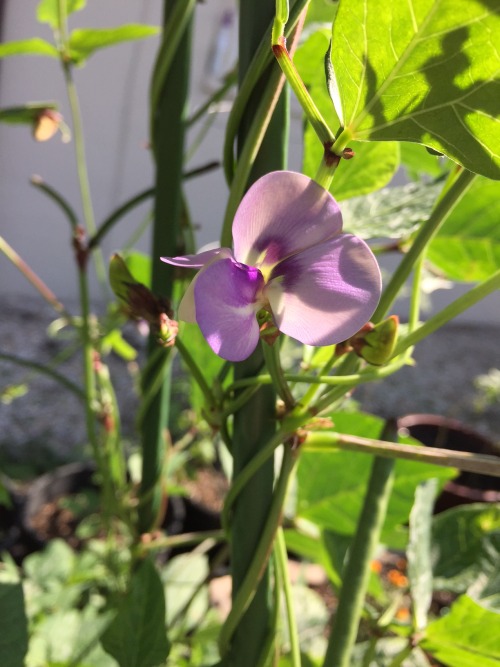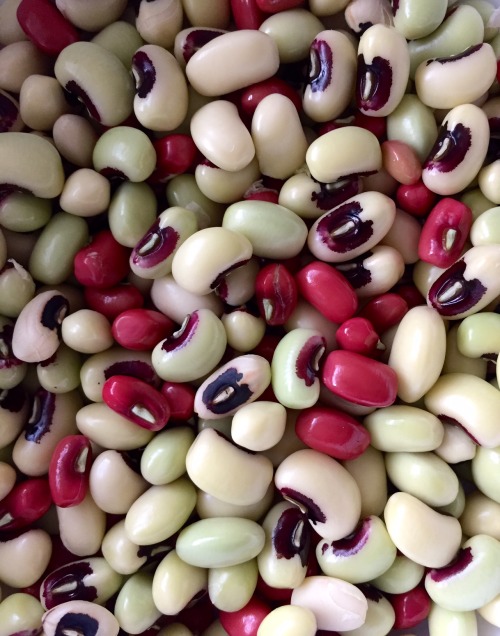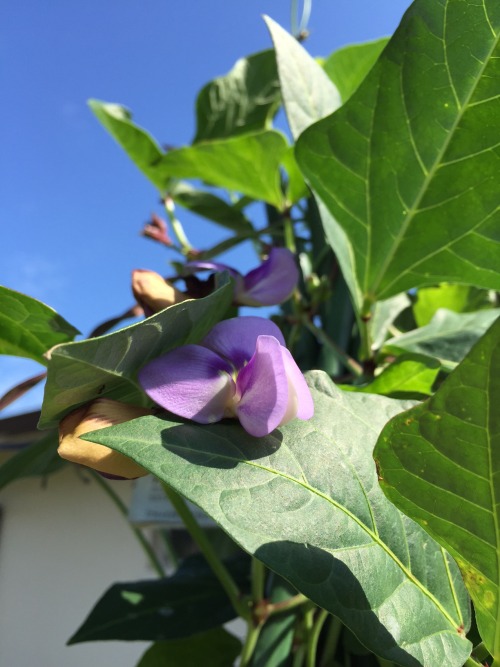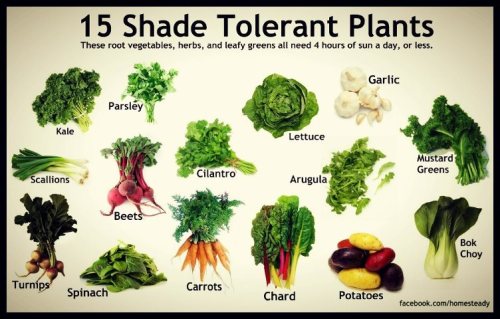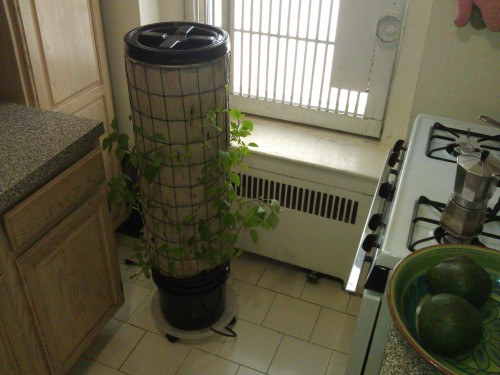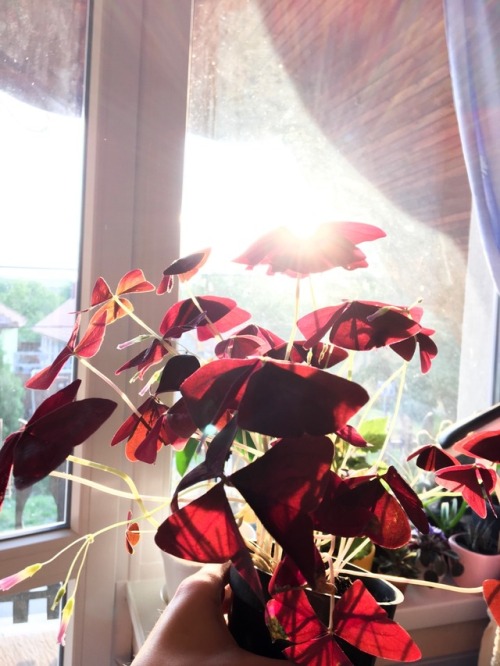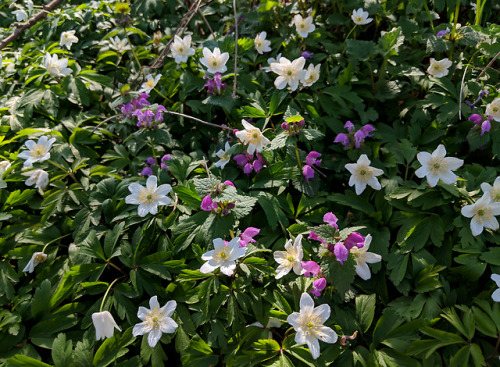#edible plants
Oemleria cerasiformis “Indian Plum” Rosaceae
Washington Park Arboretum, Seattle, WA
May 9, 2016
Robert Niese
Oemleriais a PNW endemic and is one of the first plants to leaf-out and bloom in spring. Later in the summer Oemleria will begin to bear ripe fruits which are purple with a large pit, giving them the name Indian Plums. Opinions vary on the palatability of these fruits. Some find them to be among the best in the PNW, while others find them too bitter. Generally, their astringency can be reduced through cooking and, as such, Oemleria fruits tend to be most commonly prepared in jams and pie fillings. Also, their bark is thought to be a mild aphrodisiac. Someone should try chewing on a few twigs and report back to us all.
Post link
Root beer plant (Piper auritum)
This big floppy plant is said to resemble the taste of root beer - or others say a more anise/clover concoction. Nonetheless, it is a very useful plant in the tropics.
The leaves are used as wrappings for meats and tamales, and an essential ingredient in making mole verde (a Mexican dish).
Its leaves can get as big as 1 foot in diameter, and the flowers can be seen in the pictures above - a single white spadix.
Post link
Opening Nipa / attap fruit
Cooler weather has me thinking about hot tea again. This time around I decided to go with something I’ve already tried and know that I like. Despite the fact that lemon balm can be quite abundant and readily available, I don’t really drink it that often. Yet, considering claims made regarding its calming nature, this is definitely the year to have it.
lemon balm (Melissa officinalis)
Melissa…
Drought Tolerant Plants: Blue Flax
Drought Tolerant Plants: Blue Flax
“Lewis’s prairie flax is a pretty garden ornamental suited to hot, dry sites. Each morning delicate sky blue flowers open on slender arching stems, only to fall off in the afternoon and be replaced by others the next morning. In spite of its fragile appearance, it is quite sturdy and may put out a second flush of blossoms on new growth in late summer.” — Common to the This Country: Botanical…

Cowpeas!
We’ve now had three small harvests of young cowpeas so far! We’re growing two varieties: California Black Eyed Peas and Haricot Rouge Du Burkina Faso Cowpea.
The black eyed peas grew more like a bush bean variety, bloomed and started producing early. They produce white blooms that are yellow when closed. It’s very obvious when the peas are ready, they bulge in the pod, and the pod turns darker and begins to visibly dry.
The red cowpeas grew more like a pole bean. The plants grew very tall vines on our bean teepees, and produced much later. The flowers are beautiful purple, and pods turn dark purple/red when full developed. They were much harder to tell when to ready pick, the peas don’t bulge in the pod like the other variety, they stay hard and smooth.
we’ve had three mini harvests of the fresh peas, but I think I’m going to let the rest dry out on the plants. That is, if this awful el nino weather gives them a few days respite from rain.
Cowpeas are now one of my favourite edibles to plant! They are super easy, need little to no maintenance, grow in poor soil, and are a nitrogen fixer. They also taste great. It’s now sweet potato at #1, cowpeas #2.
Post link
Sweet potatoes and Lagos Spinach are prolific edible leaf producers that also don’t need much light to grow.
Post link
Lamium purpureum, Lamiaceae & Anemone nemorosa, Ranuncolaceae
I have already written about the delicate wood anemone before, but never about the ever so common purple dead-nettle: I generally try to single plants out for photos, but couldn’t walk away from this gorgeous combination.
On the sloping side of a dry irrigation ditch, in the dappled shade of a row of tall trees, the anemone’s dissected foliage was covering the ground in a dense mat, out of which were poking the bright pink lipped flowers of the dead-nettle.
The reason why this herbaceous perennial bears that common name is due to the superficial similarity between its leaves and those of the unrelated stinging nettle (Urtica dioica), however its hairs won’t cause any harm. The top part of the plant is generally a rich burgundy-purple colour, hence the other part of the common name and the species name, but it is a variable plant and looks just green when growing in a more shady position, as in these photos.
It is often considered an undesirable plant in a garden setting, some might call it a “weed”, but I let it grow in my allotment for two main reasons. It’s in bloom from early spring often until late autumn, sometimes even longer in a sheltered position, and its flowers are loved by pollinators, especially bumblebees. Its young shoots are also edible and it’s a pot herb with an interesting flavour, so I see it as a bonus leaf vegetable.
Post link






